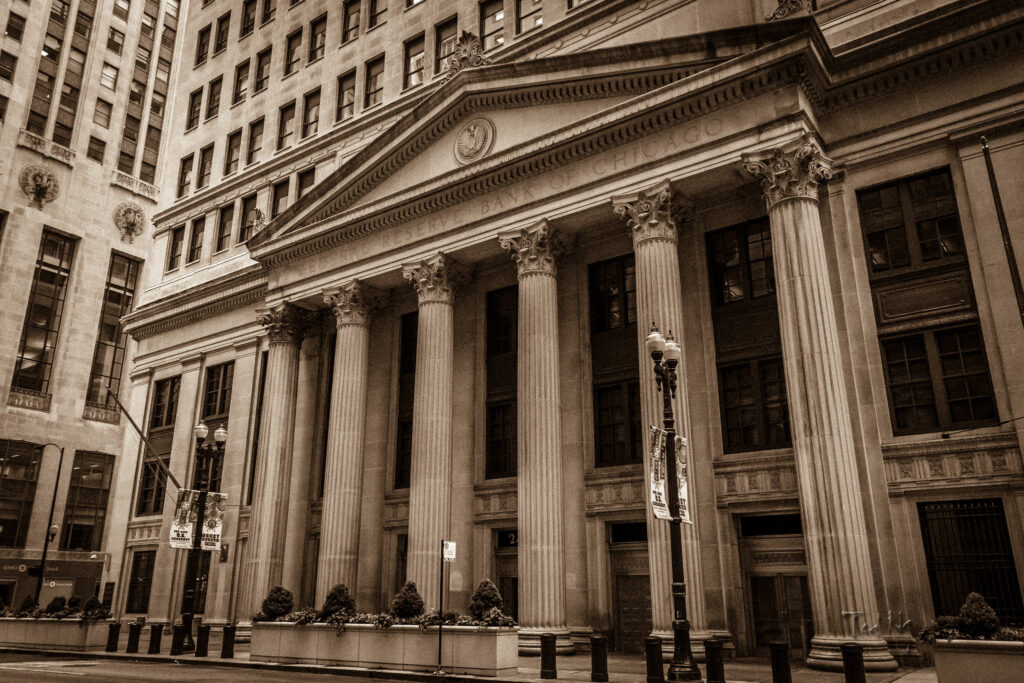
The Central Banking System is a crucial component of the economy of most countries in the world. It is a system that oversees the monetary policy of a country and is responsible for regulating the supply of money, interest rates, and inflation. It plays a vital role in managing the economy and promoting economic growth and stability. In this article, we will explore what the Central Banking System is and how it works.
What is the Central Banking System?
The Central Banking System is a network of central banks that operate in various countries around the world. These banks are responsible for implementing monetary policy and regulating the supply of money in their respective countries. In the United States, the CBS is referred to as the Federal Reserve System or the Fed.
The Fed was established in 1913 to promote economic growth and stability. Its primary objectives are to maintain price stability, support full employment, and promote long-term economic growth. It is an independent government agency that operates under the direction of a Board of Governors, which is appointed by the President of the United States and confirmed by the Senate.
How Does the Central Banking System Work?
The Central Banking System works by implementing various monetary policies and regulations. These policies and regulations are designed to manage the supply of money, control inflation, and support economic growth.
One of the primary tools used by central banks is the interest rate. Central banks can adjust the interest rate to influence the amount of money in circulation. If the central bank raises the interest rate, it becomes more expensive for banks to borrow money, which leads to a decrease in the money supply. This can help to control inflation.
Conversely, if the central bank lowers the interest rate, it becomes cheaper for banks to borrow money, which leads to an increase in the money supply. This can help to stimulate economic growth.
Another tool used by central banks is the reserve requirement. This is the percentage of deposits that banks are required to hold in reserve. By adjusting the reserve requirement, central banks can influence the amount of money that banks have available to lend. If the reserve requirement is increased, banks will have less money available to lend, which can help to control inflation. If the reserve requirement is decreased, banks will have more money available to lend, which can help to stimulate economic growth.
In addition to these tools, central banks also engage in open market operations. This involves buying and selling government securities in the open market to influence the money supply. If the central bank buys government securities, it increases the money supply, which can help to stimulate economic growth. If the central bank sells government securities, it decreases the money supply, which can help to control inflation.

The Role of the Central Banking System in the Economy
The Central Banking System plays a critical role in managing the economy and promoting economic growth and stability. By implementing various monetary policies and regulations, central banks can influence the supply of money, control inflation, and support economic growth.
The CBS also plays a critical role in regulating the financial system. It provides oversight and regulation for banks and other financial institutions, which helps to ensure that the financial system operates efficiently and effectively.
Thus, the Central Banking System is a critical component of the economy of most countries in the world. It is responsible for regulating the supply of money, interest rates, and inflation, and plays a vital role in managing the economy and promoting economic growth and stability. The Central Banking System works by implementing various monetary policies and regulations, including adjusting interest rates, reserve requirements, and engaging in open market operations. The role of the Central Banking System in the economy is essential, as it helps to ensure that the financial system operates efficiently and effectively.

